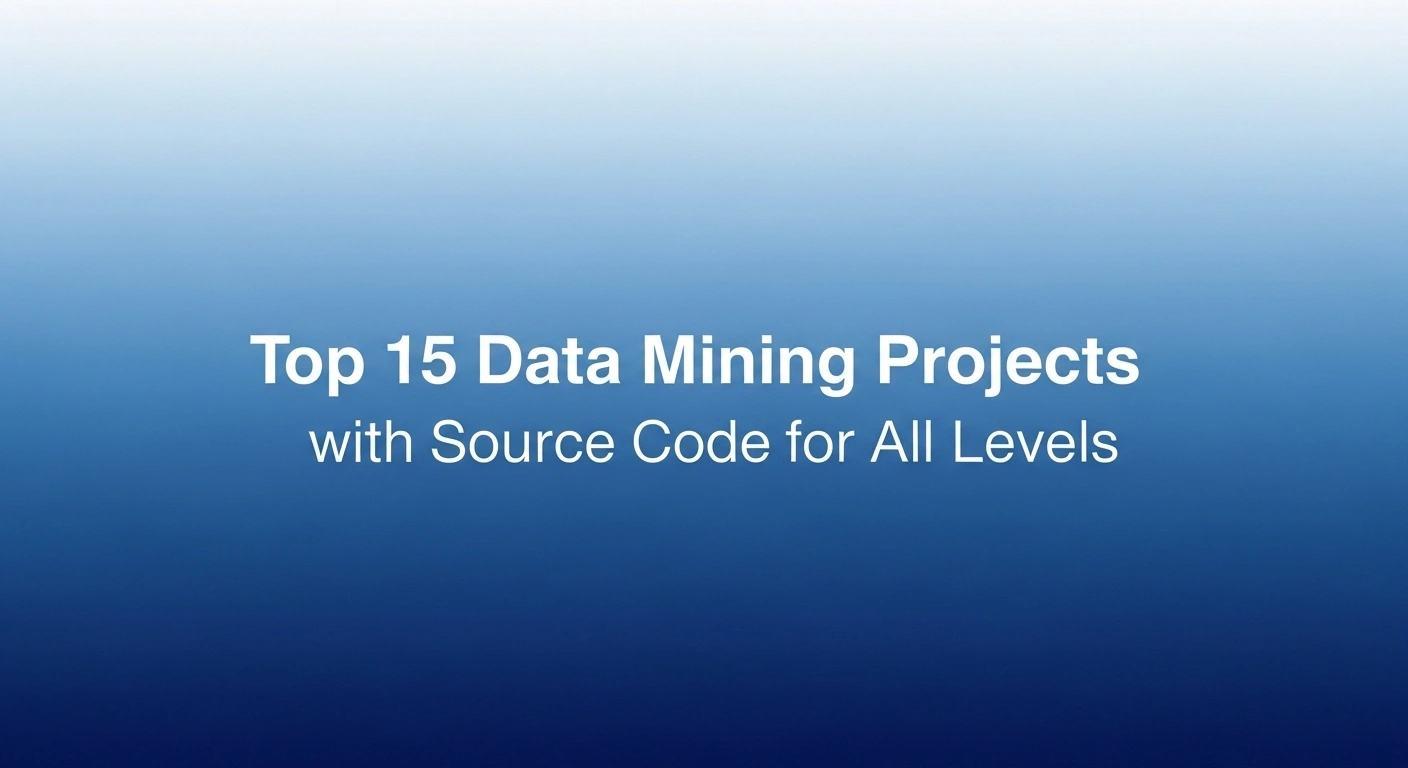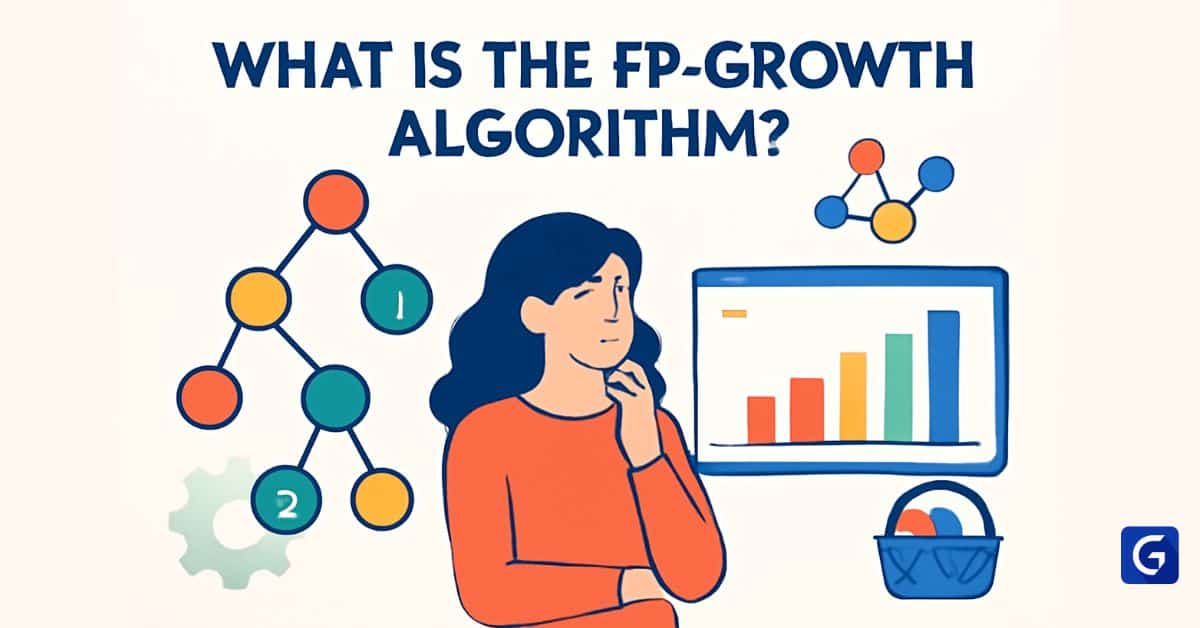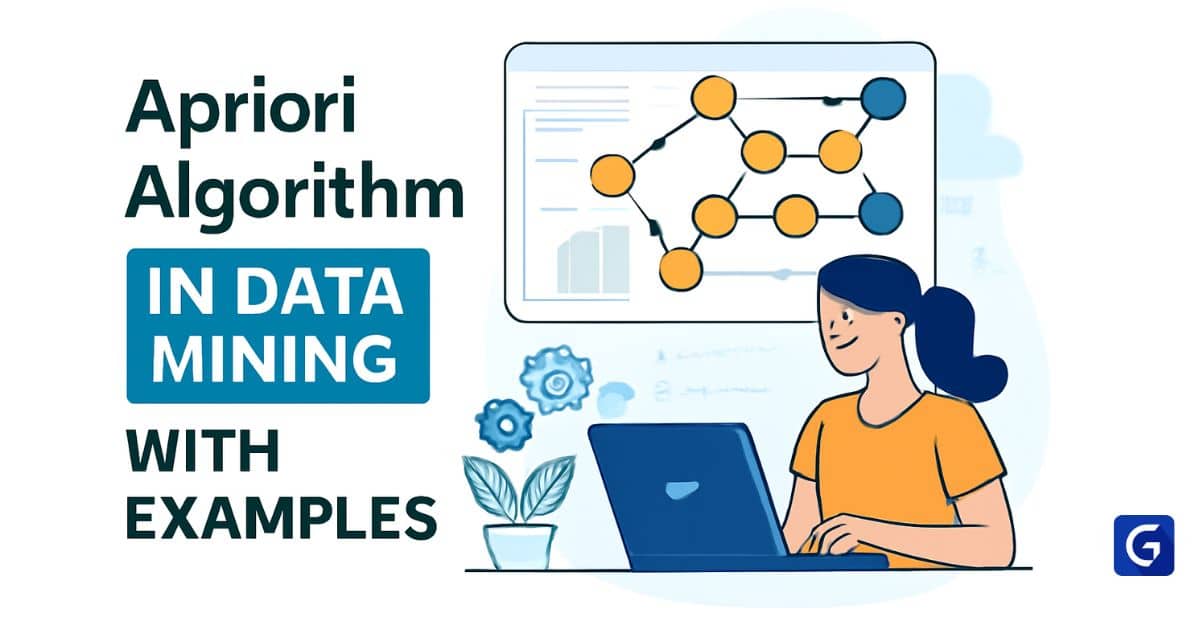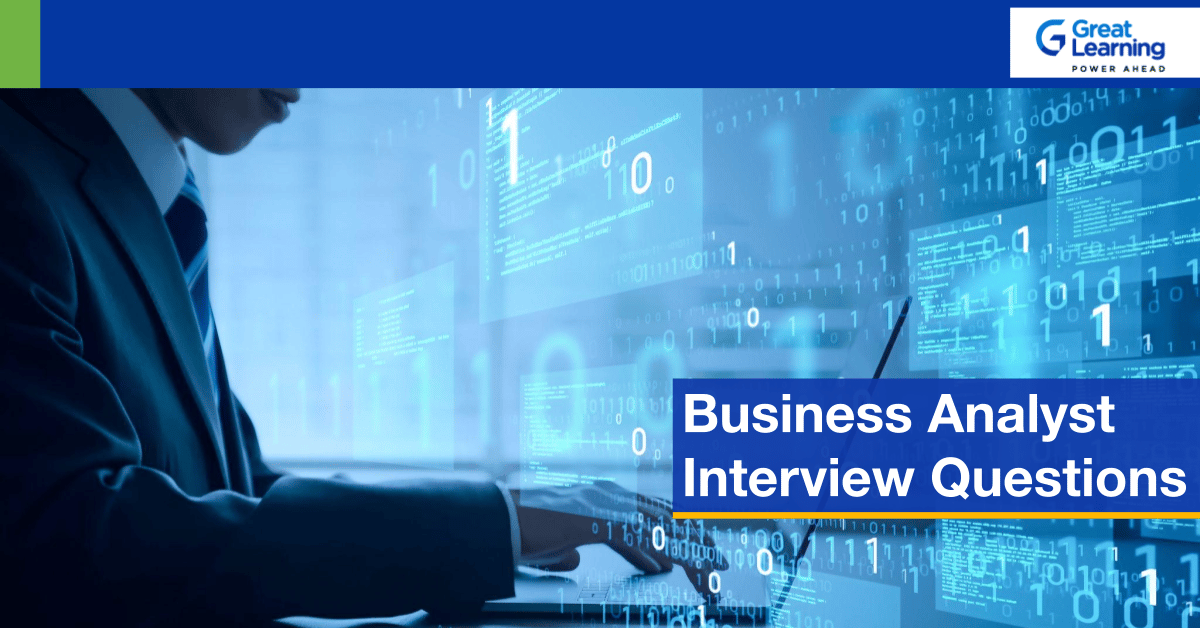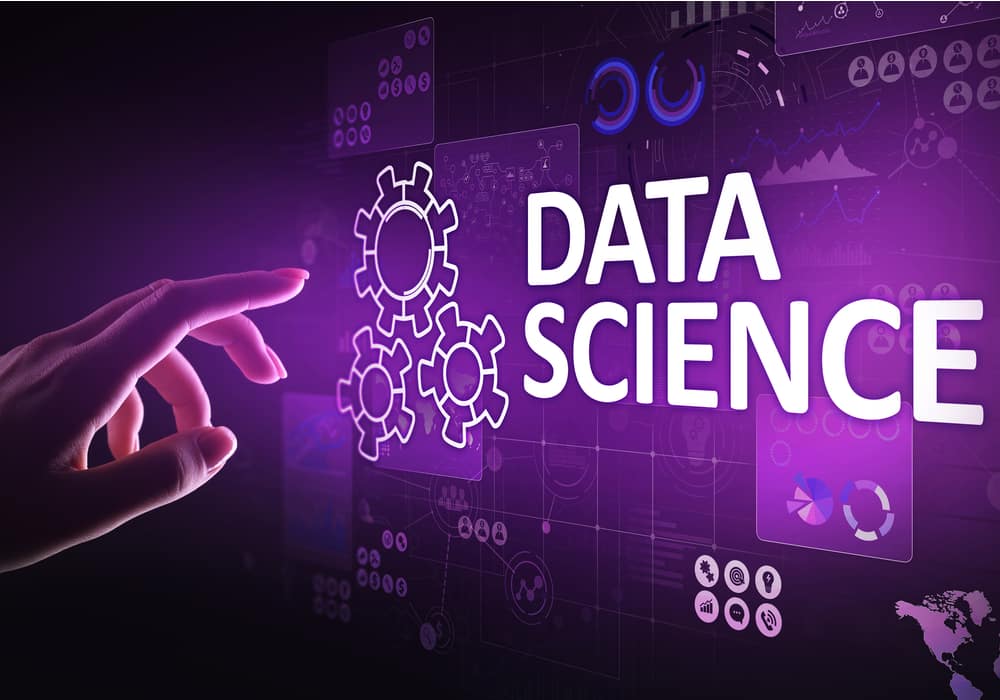There is a flood of data today. Raw data is found everywhere. But just having data does not help, unless it is understood well.
If you want to understand your customers better, improve operations, and predict future trends, just looking at the data on the surface will not work.
This is where data mining is used. This process allows us to extract useful information from raw data that is really useful.
In this guide, we will talk about the top data mining tools of 2025. We will cover important features of each tool, its special points, and which tool will be best suited for which situation.
So that you can choose the perfect tool for your data analysis without wasting any time.
What are Data Mining Tools?
Data mining tools are software that analyze large data sets using smart algorithms and statistical techniques.
Their main job is to find hidden patterns, connections, anomalies, and other valuable information within the data that is difficult to catch manually.
When such insights are obtained, companies can use them to make informed decisions based on data, make work more efficient, predict future results, and gain an edge over their competition.
Be it customer segmentation, fraud detection, personalized marketing or supply chain optimization – data mining tools have become a necessity for almost every industry.
The Data Science market is booming and companies require experts to understand data analytics from business, technical, and conceptual aspects. Take the Data Analytics Essentials course by the University of Texas at Austin to analyze data using Excel, SQL, Python, and Tableau, manage databases with SQL, and solve business problems with data storytelling and end-to-end analytics.
Start with data analytics—no experience needed. Learn the fundamentals and make smarter decisions at work.
1. Python
Python has now become the most popular language in the world of data science.
Due to its simplicity, powerful libraries, and large community support, it is super useful for data mining.
What does Python do:
- Data Manipulation & Analysis: Libraries like Pandas help to clean, transform, and analyse data. (A structure called DataFrames is used to handle tabular data.)
- Numerical Computing: NumPy is used for high-speed arrays and mathematical operations. Many algorithms are based on it.
- Machine Learning: Scikit-learn contains algorithms like classification, regression, clustering, and dimensionality reduction for creating predictive models.
- Deep Learning: Complex neural networks can be created with frameworks like TensorFlow and PyTorch for advanced pattern recognition.
- Text Mining: NLTK and spaCy are used to understand and analyze text data (such as news, reviews, social media).
What makes Python special:
Python is easy to learn, readable, and its library ecosystem is so large that you can do everything. From rapid testing to creating scalable solutions, everything is handled.
Master Data Science with Python Course
Learn Data Science with Python in this comprehensive course! From data wrangling to machine learning, gain the expertise to turn raw data into actionable insights with hands-on practice.
2. R
R is a programming language that was created for statistics and data visualization.
Researchers, statisticians, and analysts use it when it comes to deep analysis and clean reports.
What does R do:
- Statistical Analysis: R has a huge collection of built-in and package-based models. Everything from hypothesis testing to complex modeling.
- Data Manipulation: Packages like dplyr and data.table allow you to efficiently filter, clean, and summarize data.
- Machine Learning: The caret package allows you to train & test many ML models. Tools like randomForest and xgboost allow you to use powerful algorithms.
- Advanced Visualization: Ggplot2 allows you to create high-quality graphs and charts that are very helpful during analysis.
- Reporting: R Markdown allows you to create dynamic reports that include code, output, and explanation all in one place.
What makes R special:
The strength of R is its statistical power. R is perfect for research-level modeling, proper testing, and professional-quality charts. If your focus is on statistics and reporting, then R is a solid choice.
Free R Programming Course with Certificate
Learn the fundamentals of R programming language, including R commands, functions, and data visualization. Master statistical computing and data analysis using R with hands-on experience.
3. RapidMiner
RapidMiner is a famous data science platform that makes data mining very easy.
It provides a powerful visual interface where you can do a lot of work with drag-and-drop without writing any code.
This tool is used for tasks like data preparation, machine learning, deep learning, text mining, and predictive analysis.
What does it do:
- Visual Workflow Design: Can visually design the steps of data analysis without coding.
- Predictive Modeling: Creates models that predict future results – such as whether sales will increase or decrease.
- Text Mining & Sentiment Analysis: Extracts valuable insights from text data such as customer reviews or social media posts.
- Algorithm Library: Gives access to many powerful machine learning algorithms.
RapidMiner’s visual programming approach makes it different.
It can work in both low-code and full-code formats, so it is suitable for all types of users.
4. KNIME Analytics Platform
KNIME (Konstanz Information Miner) is a free and open-source platform for data analytics, reporting and integration.
It has modular design. Means you can create your own custom workflow by connecting different blocks – even without coding.
What it does:
- Visual Workflow Creation: By connecting different “nodes” you can create a full pipeline of data, like creating a flowchart.
- Data Blending & Transformation: Connects multiple data sources to clean, combine and prepare data for analysis.
- Machine Learning & Statistics: ML algorithms like classification, regression, clustering can be applied.
- Community Hub: KNIME users share tools, extensions and ready-made components with each other that you can use directly.
What makes it different:
KNIME is open-source, so you can customize it according to your needs.
Visual programming makes complex data analysis easy, even for beginners. And its community support is quite strong. Getting help is easy.
5. SAS Enterprise Miner
SAS Enterprise Miner is an advanced data mining software designed for professionals who perform deep analytics and create large-scale predictive models — that too at the enterprise level.
This software provides a complete toolkit for data mining, predictive modeling, and machine learning.
What it does:
- Advanced Predictive Modeling: Uses high-level algorithms to make accurate forecasting and classification.
- Data Preparation & Exploration: Provides strong tools to clean, transform, and understand data.
- Ready for Large Data: Can efficiently handle very large data sets.
- Full Integration with SAS: Easily integrates with other SAS tools, making the entire analytics setup seamless.
What makes it different:
SAS Enterprise Miner is best suited for large businesses that need to work with complex data.
It is a powerful and reliable solution for high-level statistical analysis and large-scale data mining.
6. IBM SPSS Modeler
IBM SPSS Modeler (formerly SPSS Clementine) is a powerful data mining tool that allows you to create predictive models without much coding.
Its visual interface is drag-and-drop style, so it is very easy. It is useful not only for data scientists but also for business analysts.
What does it do:
- Predictive Modeling without Coding: It is possible to create models through the visual interface.
- Data Cleaning and Transformation: Cleaning, combining and reshaping data – makes everything easy.
- Support for different data mining techniques: Advanced methods such as classification, segmentation, association rules, and sequence detection are available.
- Handling large datasets: Easily works with large data and can be used in many environments.
What’s special about it:
One of the biggest strengths of SPSS Modeler is its user-friendly visual interface. This allows even non-technical people to be a part of the data mining process and create advanced models without coding – easily and efficiently.
7. Orange
Orange is an open-source data mining tool that provides a visual programming environment. You can perform data analysis, visualization, and machine learning without writing code.
What does it do:
- Visual Programming: Widgets can be connected to each other to create data mining workflows. Everything happens in a graphical interface.
- Interactive Data Visualization: Data can be dynamically explored with different plot types and features.
- Machine Learning & Data Mining Widgets: Ready-made components for common tasks like classification, clustering, association rules.
- Python Integration: If you know Python, you can extend its functionality even further by writing custom scripts.
What makes it different:
Orange is an amazing tool for beginners and students — its visual interface is simple to understand, and great for data visualization.
8. Weka
The full form of Weka is Waikato Environment for Knowledge Analysis. It is an open-source tool that provides a collection of machine learning algorithms for data mining tasks.
It is built in Java and has features like data preprocessing, classification, regression, clustering, association rules, and data visualization.
What does Weka do:
- Collection of Machine Learning Algorithms: Different algorithms are available for every type of data mining technique.
- It has Data Preprocessing Tools so tasks like cleaning the dataset, transforming it can be done here only.
- Both GUI and Command-Line Support: Whether you use the graphical interface or work from the terminal, both options are available.
- Community Support: Its community of users and developers is quite large and active, so help is always available.
What makes it different:
Weka is quite popular in academics and research field because it has a large collection of machine learning algorithms and it is quite flexible.
9. Apache Mahout
Apache Mahout is an open-source machine learning library specially designed for large-scale machine learning algorithms, that too to work on Apache Hadoop.
It mainly specializes in collaborative filtering, clustering, and classification.
What does Mahout do:
- Works with large amounts of data and runs smoothly on distributed systems like Hadoop.
- Pre-built Algorithms: Common machine learning algorithms are already given, no need to write them yourself.
- Collaborative Filtering: It is a perfect tool for building recommendation systems.
- Clustering & Classification: Provides tools to divide data into groups and categories.
What makes it different:
If an organization has a lot of data and is using Hadoop, then Mahout is the best choice for them.
It is good for situations where the data scale is large and performance matters.
10. Oracle Data Mining
Oracle Data Mining (ODM) is a part of Oracle Database Enterprise Edition. It provides powerful capabilities of data mining and machine learning – that too directly within the database.
This means that there is no need to move the data, and security is also maintained.
What does it do:
- In-Database Data Mining: Performs data mining work within the Oracle database. There is no need to move it to a separate tool or system.
- Advanced Algorithms: Contains very powerful algorithms like classification, regression, clustering, anomaly detection, and association rules.
- SQL-Based Interface: You can perform data mining work directly through SQL queries. There is no need for a different language or setup.
- Less data movement: There is no need to export data to a different environment. Everything happens there.
What is special about this:
This is best for those companies which are already using Oracle’s system.
Because it does all the work within Oracle database, hence performance is fast and data remains secure.
11. Teradata Vantage (formerly known as Teradata Database)
Teradata Vantage is an enterprise-level data warehouse and analytics platform designed for large businesses where the volume of data is heavy and the analysis is required advanced.
It also has solid data mining features.
What it does:
- One platform to store, manage and analyze data: everything in one place.
- Fast and smart analytics: Whether it is complex queries or analysis, it handles them efficiently.
- Fraud and risk prevention: Financial companies use it to catch patterns, such as fraud detection.
- Handling big data: Performance doesn’t slow down even when multiple users are working together.
What makes it different:
Teradata Vantage is the all-in-one solution for large businesses that need a single platform to store, manage, and analyze data in depth — without the hassle of multiple tools.
12. Qlik Sense
Qlik Sense is a powerful Business Intelligence (BI) tool known for its user-friendly data mining and visualization.
It is mainly a BI tool, but its associative engine and advanced charts make data mining work quite easy and effective.
What does this tool do:
- Associative Data Model: Explores the connections between data without limitations. Such insights are obtained that are not seen in traditional models.
- Interactive Dashboards and Visualizations: Allows to create amazing dashboards to show data in a visually and interactive way.
- Self-Service Analytics: Business users can explore their own data and create analysis without the help of an expert.
- Data Blending & Preparation: Combines data from different sources and prepares it for analysis.
What makes it different:
Qlik Sense makes data exploration so easy and visual that users can quickly spot patterns and problems through its interactive dashboards.
Summary: Data Mining Tool Recommendations
| Use Case | Recommended Tools |
| Foundational Programming | Python, R |
| Comprehensive Data Science | RapidMiner, KNIME Analytics Platform |
| Enterprise-Level Analytics | SAS Enterprise Miner, IBM SPSS Modeler, Teradata Vantage |
| Open-Source & Research | Orange, Weka, Apache Mahout |
| Database-Centric Analytics | Oracle Data Mining |
| Visual Exploration & BI | Qlik Sense |

